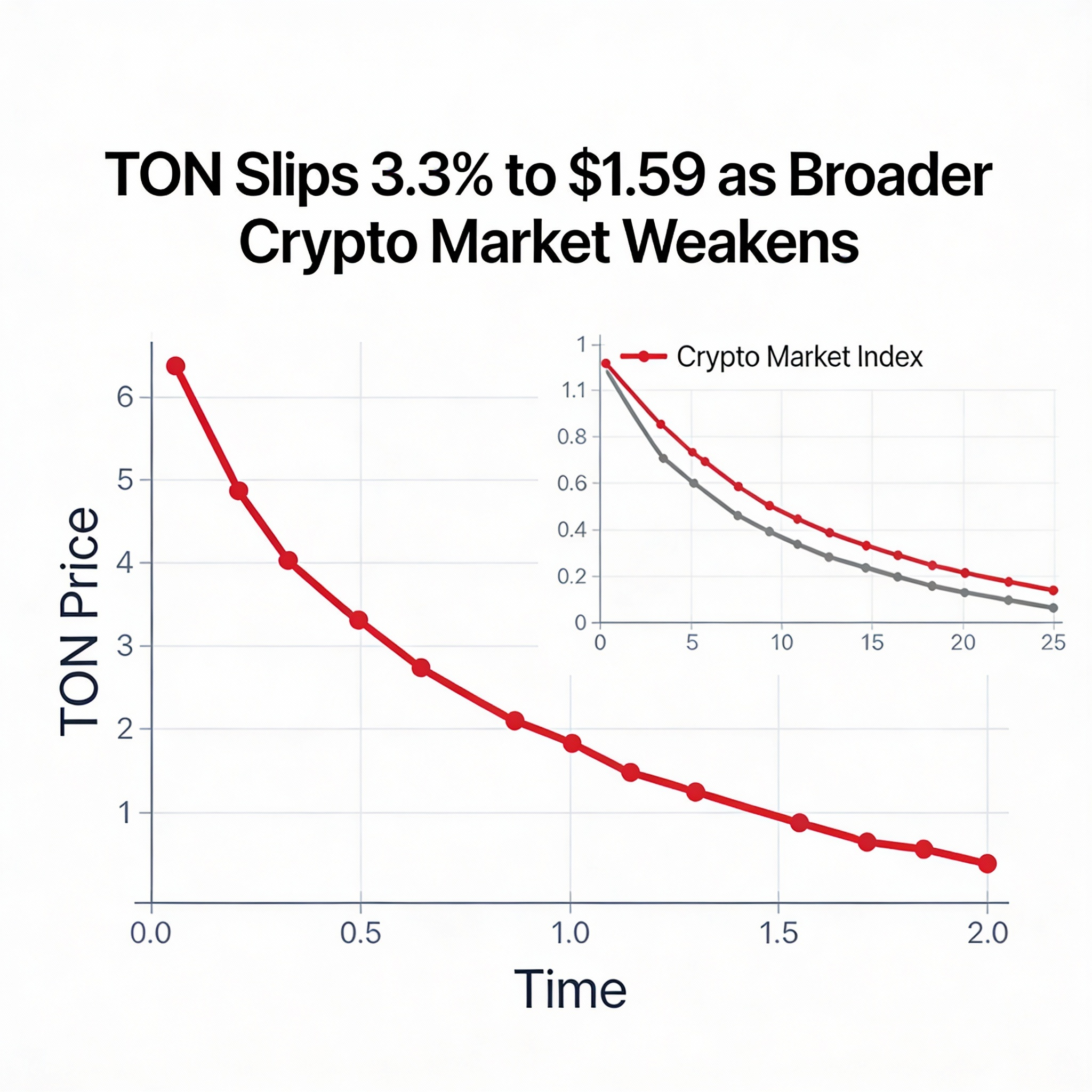BTC Bulls Face Headwinds as Treasury Liquidity Drain Weighs on Risk Markets
While market focus remains fixed on Jackson Hole and rate policy, analysts say the real pressure on crypto and stocks stems from a looming liquidity squeeze tied to the U.S. Treasury’s General Account (TGA) rebuild — not the Fed’s messaging.
Bitcoin (BTC) has fallen more than 8% to around $113,500 since setting all-time highs above $124,000 just days ago. The broader crypto market has followed suit, with ether (ETH), XRP, and solana (SOL) also sharply lower. The CoinDesk 80 Index has slumped 13% over the past week.
The pullback isn’t limited to digital assets. U.S. equities have also lost steam, with the Nasdaq slipping 1.4% to 23,384 on Tuesday after hitting record highs last week.
Although many point to uncertainty around Federal Reserve Chair Jerome Powell’s upcoming speech in Jackson Hole and lingering inflation concerns, Coinbase’s David Duong sees a deeper catalyst.
“Jackson Hole and inflation data are side narratives,” Duong said. “The market is reacting to the expected $400 billion liquidity drain as the Treasury rebuilds its cash reserves.”
What Is the Treasury General Account and Why It Matters
The TGA is the U.S. government’s main operating account at the Federal Reserve. It’s used for everything from tax collection to paying down debt. When the Treasury draws from the TGA, it injects liquidity into the financial system — typically a tailwind for risk assets.
The reverse is also true: when the Treasury issues more debt than needed to rebuild the account, it removes liquidity — tightening financial conditions.
TGA Refill Already Underway
The Treasury’s cash balance has climbed from $320 billion to over $500 billion since late July, according to MacroMicro data. Seeking Alpha projects that a further $500–600 billion in new issuance could be needed in the coming months.
But this is happening in a more fragile environment than prior cycles.
“Compared to 2023, we’re seeing tighter balance sheet capacity, fewer liquidity buffers, and weaker foreign demand for U.S. debt,” said Delphi Digital analyst Marcus Wu. “If the Fed maintains its tightening bias, the liquidity mismatch could spill over into higher funding rates and more pressure on risk assets like crypto.”
Fewer Buffers, Greater Risk
In 2024, a major TGA rebuild was offset by $2 trillion in the Fed’s reverse repo facility, robust bank reserves, and strong foreign appetite for Treasuries.
Those cushions have since eroded.
Wu warns that the current environment lacks the support needed to absorb large-scale issuance without disruption, making the system more vulnerable to shocks.
Bitcoin Faces a Tough Road into Year-End
With the liquidity picture tightening and macro risk rising, bitcoin bulls may struggle to regain momentum in the near term — even amid broader signs of institutional adoption and ETF inflows.
Until liquidity stabilizes, structural optimism may continue to be drowned out by near-term market fragility.





